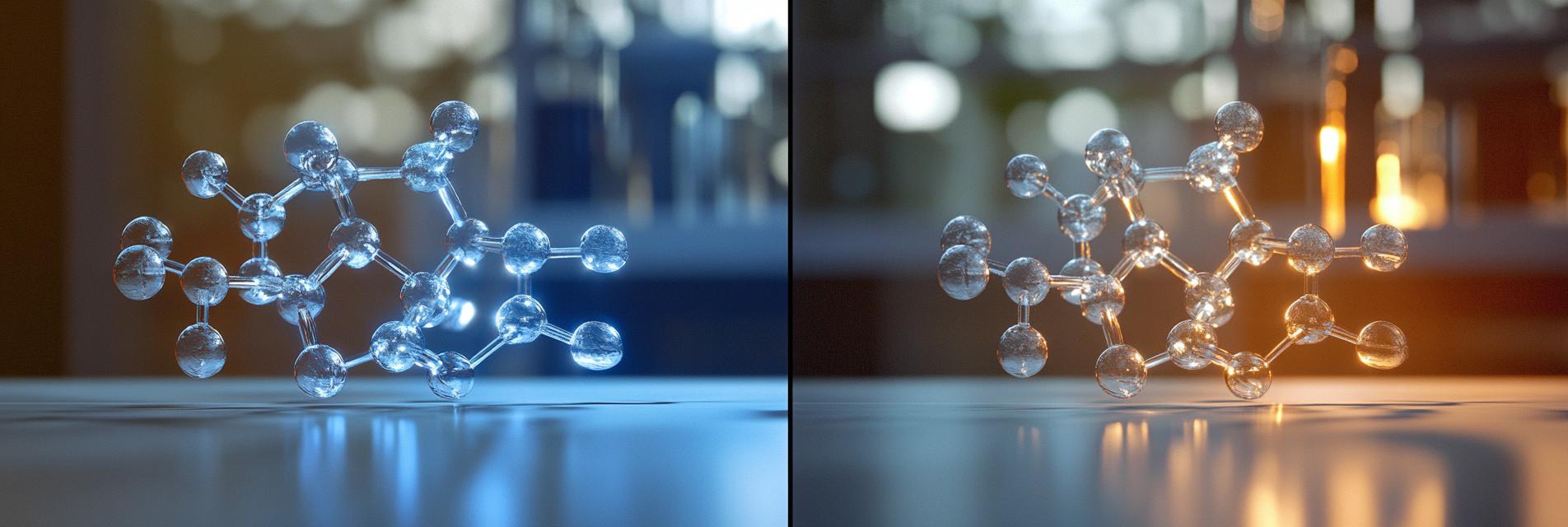Polyacrylamide is a versatile polymer used in a variety of applications, particularly in water treatment and industrial processes. This article focuses on comparing anionic and cationic polyacrylamide, highlighting their distinct properties and potential applications.
Anionic polyacrylamide is a negatively charged polymer widely utilized for its excellent flocculating and sedimentation capabilities in water treatment. Its ability to interact with positively charged particles makes it effective in processes where solid-liquid separation is required.

Cationic polyacrylamide, on the other hand, carries a positive charge. It is often used for its excellent thickening properties and ability to reduce water absorption. This makes it particularly useful in various industrial applications, including papermaking, mining, and petroleum extraction.
The key differences between anionic and cationic polyacrylamide lie in their charges, interactions with different particles, and applications:
In water treatment, anionic and cationic polyacrylamide are employed differently based on the specific requirements of the process:
Choosing the right type of polyacrylamide for your application depends on many factors including the charge, environmental conditions, and specific process goals. Understanding the comparative properties of anionic and cationic polyacrylamide can significantly enhance the efficiency and effectiveness of your water treatment and industrial processes.
